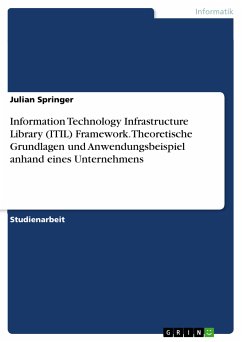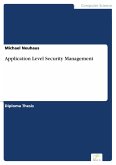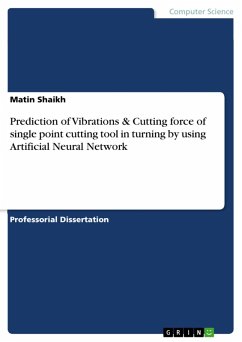Master's Thesis from the year 2020 in the subject Computer Sciences - Artificial Intelligence, grade: 9.30, , language: English, abstract: The application of DL techniques in steganography has greatly increased the efficiency of steganographic concealment systems, leading to a substantial improvement in safety risks. To counter this, the researchers shifted to steganalysis, the method of detecting steganographic material. In practice, steganalysis is being used in a security framework that operates like a spam-filter to prevent the transmission of malicious steganographic content through networks. Newer steganalysis methods, however, have shown promising results, but they remain both fairly inefficient and non-robust. Steganography is the mechanism by which data are hidden inside an ordinary (non-secret) file to evade detection. Although encryption is intended to hide data information, steganography is intended to conceal data existence. Steganography can also hide new form of communication by hiding the existence of data, and thus provide behavioral protection. Steganography provides behavioral protection and plays a critical role in safeguarding the privacy of information. Although steganographic concealment systems are routinely used for benign activities, bad actors can also use them to transmit malicious information using ordinary files such as photographs, thus posing a risk to security. Because current network defenses do not search images for steganographic content, the transmission of malicious steganographic content cannot be effectively blocked. Hackers may thus use steganography to transfer vulnerabilities or other compromising data in an untraceable fashion through networks.
Dieser Download kann aus rechtlichen Gründen nur mit Rechnungsadresse in A, B, BG, CY, CZ, D, DK, EW, E, FIN, F, GR, HR, H, IRL, I, LT, L, LR, M, NL, PL, P, R, S, SLO, SK ausgeliefert werden.









